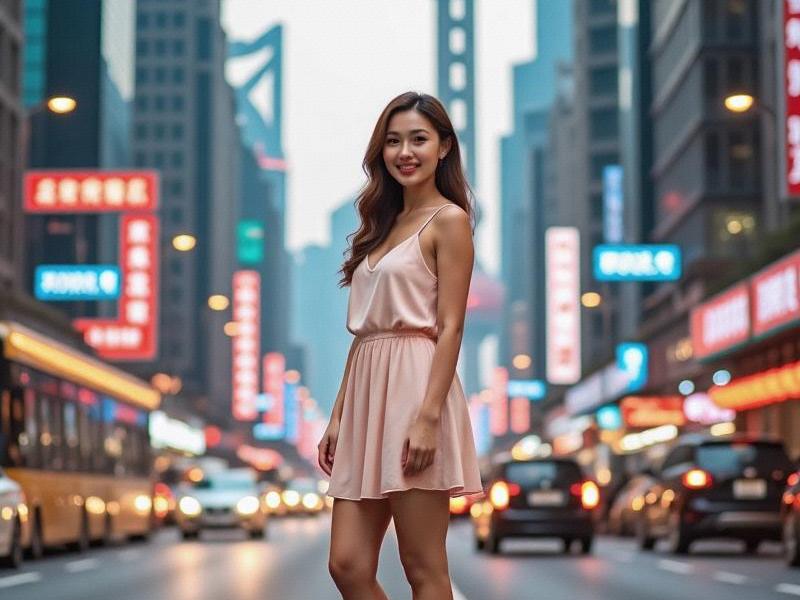This in-depth report examines how Shanghai's cosmopolitan women navigate complex beauty expectations while carving new spaces for self-expression, analyzing the intersection of traditional values, global influences, and feminist awakenings in China's most international city.

The morning ritual begins before sunrise in a high-rise apartment overlooking the Huangpu River. Twenty-eight-year-old investment banker Li Yuxi applies her SK-II essence with the precision of a laboratory technician while simultaneously reviewing Bloomberg market updates - a perfect metaphor for how Shanghai's modern women balance beauty and ambition in China's financial capital.
Shanghai's beauty landscape presents fascinating contradictions:
- 73% of luxury beauty purchases are made by women under 35
- Yet 68% report feeling pressured to appear "naturally beautiful"
- The city boasts 42% of China's female-led startups
- But still sees 3x the national average in cosmetic procedures
This tension manifests most visibly in the "Nanyang Road Paradox," where century-old qipao tailors neighbor futuristic aesthetic clinics. Here, third-generation seamstress Madam Zhang hand-stitches traditional dresses for clients who later visit Korean-trained doctors for "imperceptible" facial contouring. "They want heritage but also hybrid beauty," observes Zhang, threading silk through her 1940s Singer machine.
上海龙凤419自荐 Three competing forces shape Shanghai's beauty ideals:
1. The Haipai Heritage:
- Classic "Oriental Beauty" standards (porcelain skin, willowy frame)
- Qipao as cultural armor in business settings
- Jade jewelry as status symbols
2. The Global Melting Pot:
- French pharmacy skincare routines
上海龙凤419杨浦 - K-beauty glass skin trends
- New York streetwear influences
3. The Tech Disruption:
- AI-powered makeup apps with 12M Shanghai users
- Virtual influencers like "Lǐng Líng" gaining brand deals
- Blockchain-authenticated limited edition cosmetics
The economic impact is staggering. Shanghai's beauty economy generates ¥380 billion annually, with female consumers driving 89% of purchases. More significantly, the city has become China's testing ground for progressive beauty concepts - Unilever's "Real Beauty" campaign debuted here before national rollout, while local brands like Florasis reinvent traditional aesthetics for Gen Z.
爱上海同城对对碰交友论坛
However, beneath the glossy surface lie unspoken struggles. The "Double Eyelid Dilemma" sees women getting subtle surgeries to appear both Westernized and naturally Asian. Workplace discrimination persists against women who reject beauty norms, despite Shanghai's progressive reputation. Most poignantly, the city's aging population faces invisibility - few beauty campaigns feature women over 50, despite their growing purchasing power.
The human stories emerge in places like the "Sunday Salon" gatherings, where female entrepreneurs discuss beauty pressures alongside business strategies. "We use beauty as currency but resent its power," confesses tech founder Fiona Wang, 31, between sips of matcha latte. This ambivalence reflects in hybrid trends like "CEO Blush" - subtle cheek color meant to convey both femininity and authority.
As Shanghai prepares to host the 2026 International Beauty Expo, fundamental questions remain. Can the city develop authentically Chinese beauty standards independent of Western or Korean influences? Will the next generation reconcile self-care with feminist ideals? The answers may redefine not just Shanghai's aesthetic landscape, but global beauty culture itself.
One truth already emerges: the Shanghai woman's greatest beauty lies not in conforming to any single ideal, but in her remarkable ability to synthesize contradictions - traditional yet modern, delicate yet powerful, locally rooted yet globally minded. In this sense, she embodies the very essence of her extraordinary city.